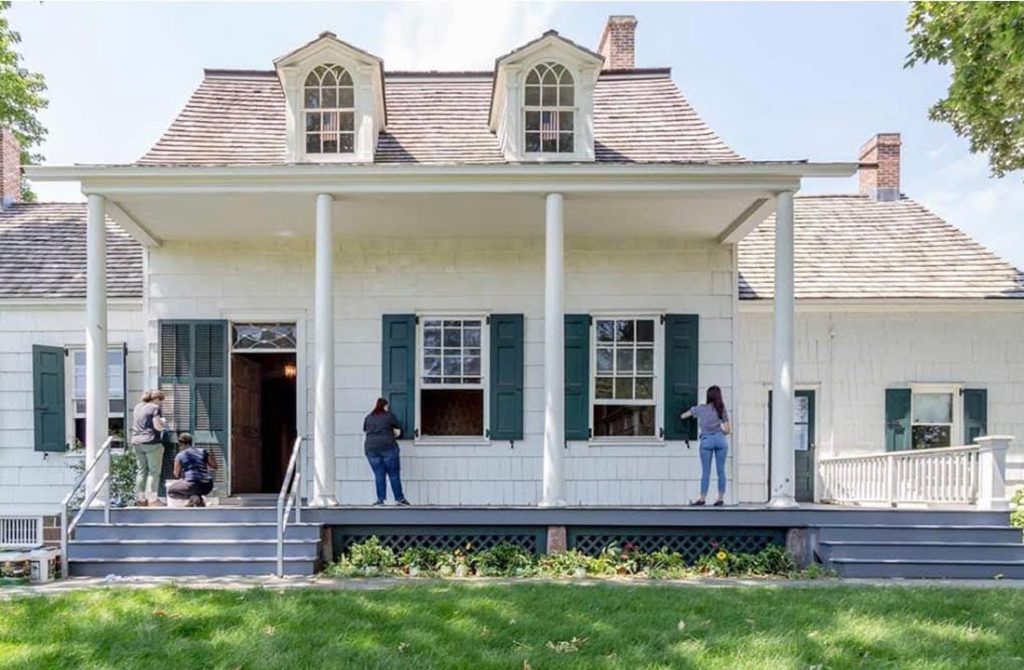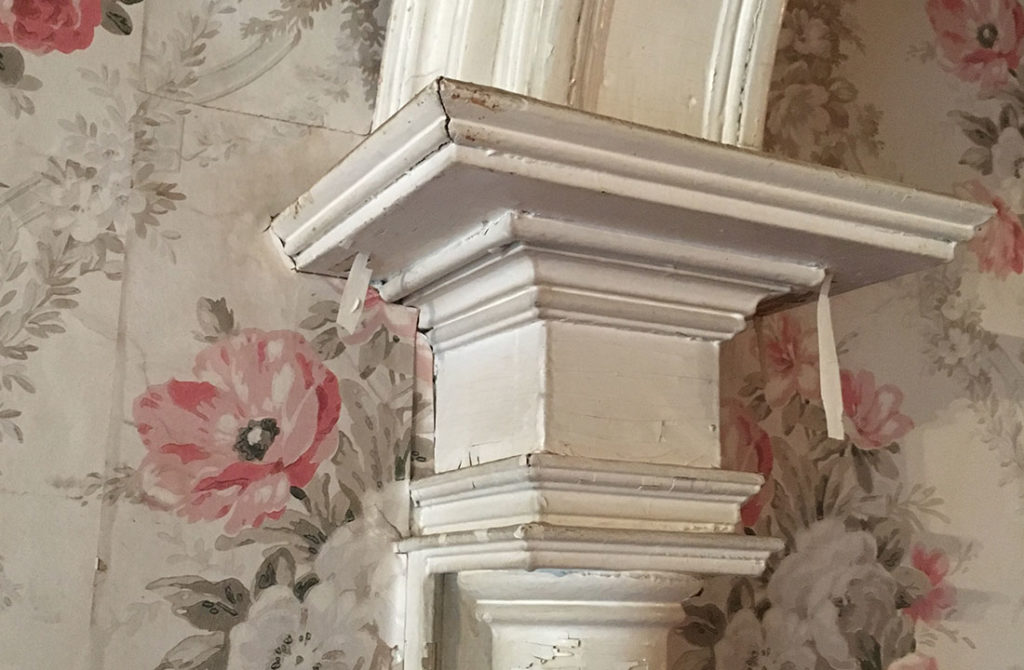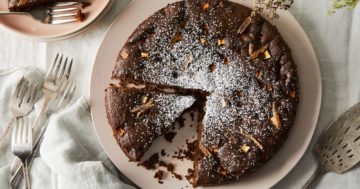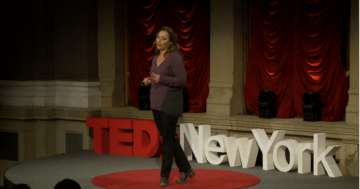Still standing in its original orientation on its original site, the Hendrick I. Lott House is a rare surviving Dutch-American house in New York City.
In 1719, family patriarch Johannes Lott purchased a farm in the rural town of Flatlands. The Lott family quickly became leaders in their community. When Hendrick I. Lott married Mary Brownjohn in 1792, he found his grandfather’s house too old, too small, and too outmoded for a prominent member of an established family. Hendrick built a larger, grander house, combining Dutch and English details into a distinctly American building. Hendrick did not abandon his grandfather’s house entirely, however; it became the eastern end of the new house and served as the kitchen wing.
At its peak in the 19th century, the Lotts’ farm included more than 200 acres. Like most of the large farmers in southern Brooklyn, the Lotts relied on the labor of slaves, indentured servants, and hired hands to grow the crops that they sold in the markets of Brooklyn and Manhattan. However, the Lotts freed their slaves by 1805, years before the abolition of slavery in New York State in 1827. Later, the house may have served as a stop on the Underground Railroad.
The family continued to farm the site until 1925. The last Lott family member lived there until her death in 1989. The house and grounds are currently closed for restoration.


The Hendrick I. Lott House is owned by the New York City Department of Parks & Recreation, operated by the Hendrick I. Lott House Preservation Association, and is a member of the Historic House Trust.
If you would like to donate to the Hendrick I. Lott House directly, please click here.






